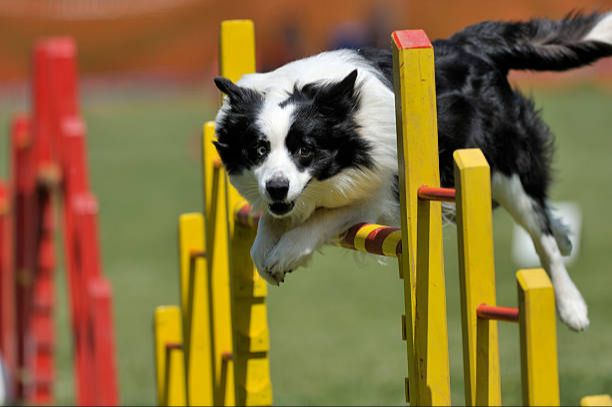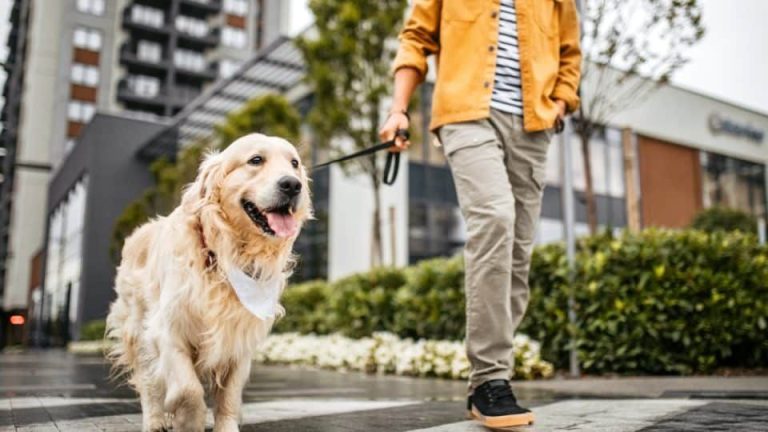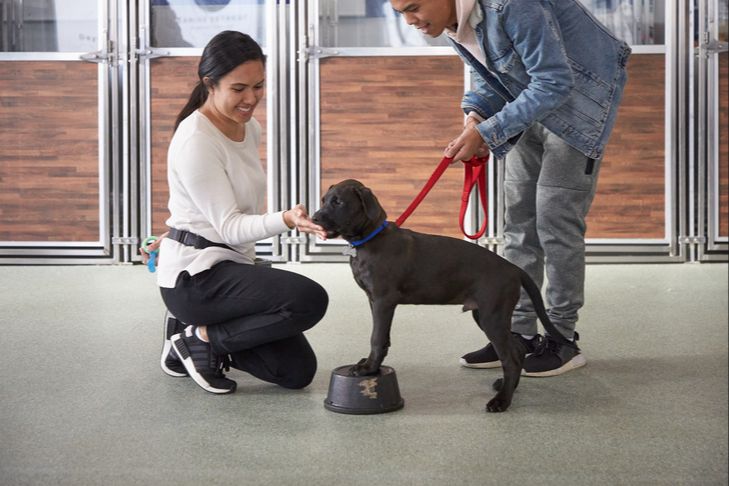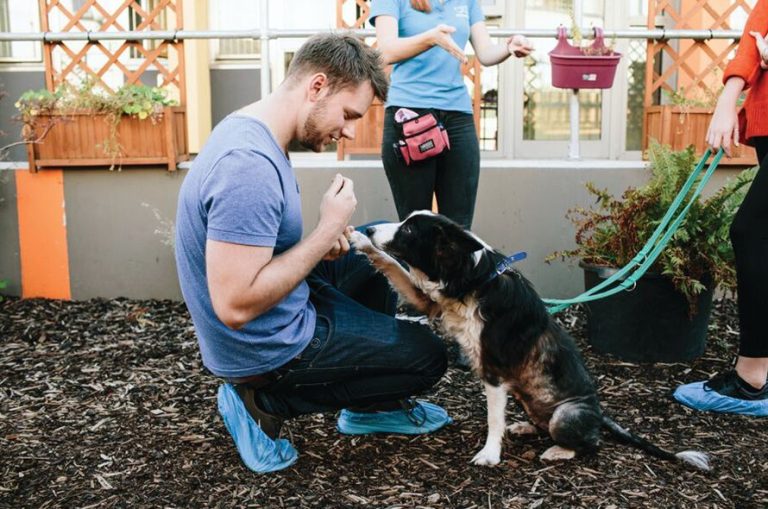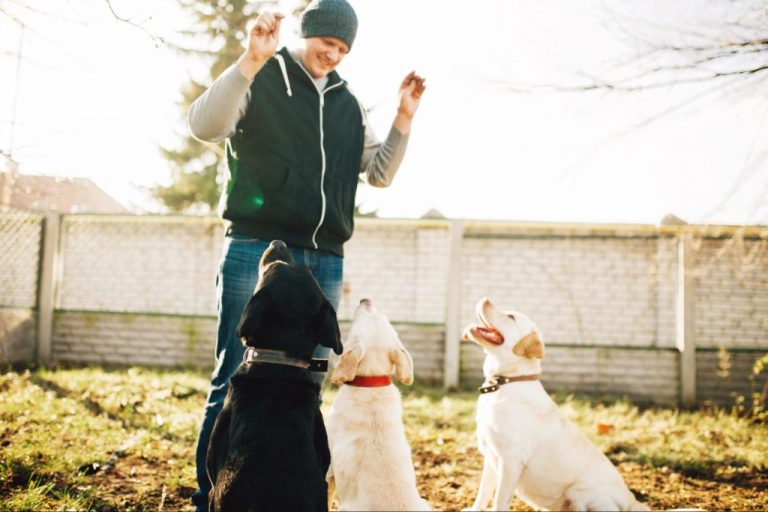Mastering Recall: Training Your Dog To Come When Called
Having a reliable recall, also known as a come command, is one of the most important obedience skills you can teach your dog. As the American Kennel Club explains, “Reliable recall means that when you call your dog to come, you are 99.99% sure they are going to enthusiastically respond.” (Come! Tips for Training a Reliable Recall)
Teaching recall is so vital for several key reasons. First, it can keep your dog safe in an emergency or dangerous situation where you need to call them back to you quickly. Having a solid recall can also prevent your dog from running off or getting lost. Additionally, having a reliable recall establishes you as the pack leader and reinforces listening and obedience. Mastering recall is a foundation of good manners and effective communication between you and your dog.
Use Positive Reinforcement
Positive reinforcement is the most effective and humane way to train a dog to come when called. Using rewards like praise, petting, play, and treats will motivate your dog to want to come back to you. Always reward your dog with high-value treats like small pieces of chicken, cheese or hot dogs immediately when he returns to you, paired with enthusiastic praise such as “Good come!” According to veterinary behaviorists, positive reinforcement builds a strong history of rewards for coming when called, which makes the behavior more likely to be repeated in the future.
Start Training in a Low Distraction Setting
It’s important to start training recall in an environment with minimal distractions. This allows your dog to focus solely on you during the initial training stages. Begin indoors or in a securely enclosed area like a backyard.
Starting inside removes outside distractions like other dogs, people, smells, and sights that can be overstimulating for a puppy or untrained dog. The calm, quiet indoor setting allows you to have your dog’s full attention as you teach the recall cue and reward sequence.
Once your dog reliably responds to the recall cue indoors, you can begin proofing the behavior by gradually moving training to more distracting outdoor environments. Take it slowly, adding one new element at a time, like training near the house, then in the front yard, then at a park during off-hours.
Building up to high distraction areas incrementally at your dog’s pace prevents overstimulation and helps the recall cue remain strong despite new environments.
Use an Attention-Grabbing Cue
When teaching recall, it’s important to use a unique and attention-grabbing cue word or sound that stands out from other commands. This helps the dog recognize that this is a special command that requires their immediate attention and response (1). Some good options for recall cues include using the dog’s name, making a unique sound like a whistle or kissy noise, or an uncommon word like “codswallop” or “squirrel!” (2). The cue should be short, simple, and distinctive. Use an enthusiastic, happy tone when calling your dog – this will make it more exciting for them to come to you. Just make sure the cue word is different than other obedience cues like “sit,” “stay,” or “down,” so your dog doesn’t get confused.
(1) https://www.akc.org/expert-advice/training/reliable-recall-train-dogs-to-come-when-called/
(2) https://www.houndslounge.com/blog/how-to-teach-your-dog-to-come-reliable-recall-training/
Practice Every Day
Training your dog every day is key to developing a reliable recall. The Importance of Consistency in Training Your Family Dog Frequent short training sessions of 5-10 minutes will reinforce the recall command better than longer, more sporadic sessions. The consistency of daily practice allows your dog to truly master recall in different environments. Start inside your home or backyard, and gradually move training to more distracting areas once your dog reliably responds to the recall cue at home. Daily practice sessions should be fun and rewarding for you and your dog. Keep a bag of tasty treats on hand to reward your dog every time he successfully comes when called. Over time, your dog will associate coming to you with getting yummy treats and your happy praise.
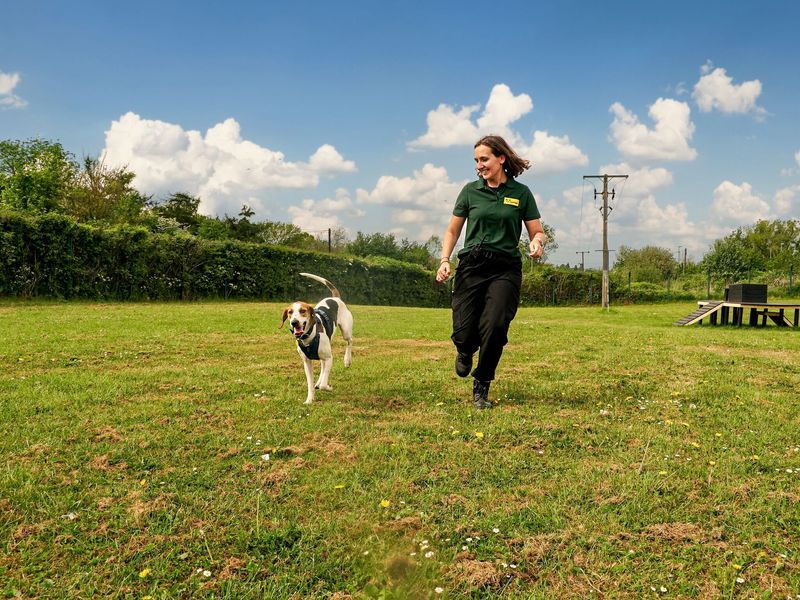
Increase Distance Over Time
It’s important not to move too fast when training recall. Start by asking your dog to come when you’re standing just a few feet away in a low distraction environment. Once your dog is responding reliably to the recall cue from a short distance, gradually increase the distance. This allows you to slowly raise criteria without overwhelming your dog.
Take small steps when increasing distance – start by taking just one step back, then two steps, and so on. If at any point your dog begins struggling, dial back the distance until you rebuild a foundation of success. Celebrate and reward generously when your dog succeeds! With consistency over time, you can work up to having a reliable recall from significant distances.
It’s also helpful to practice recall on a long lead during this process. The lead prevents your dog from self-rewarding by running away or sniffing around. This allows you to maintain control while still giving your dog freedom to move farther from you. Just be sure to reward often so the lead doesn’t become aversive or intimidating.
Use A Long Lead
Using a long lead, also known as a long line, can be very helpful when training recall. A long lead allows your dog to have more freedom to wander and explore while still giving you control. Start with a 10-15 foot cotton or nylon lead, working up to a 20-30 foot lead as your dog’s recall skills improve. The lead should be light enough for the dog to drag but sturdy enough not to easily snap or tangle.
The key benefit of a long line is that it lets your dog move freely and engage with their environment while you maintain control. This allows your dog to practice coming when called in a more realistic setting than just a small, enclosed space. As you call your dog, gently guide them back with the lead if needed. Reward generously every time they return successfully. Over many repetitions, your dog will learn that coming back to you results in great rewards.
Long leads prevent your dog from “practicing” disobeying. An extendable lead allows your dog to wander 20-30 feet away, but you can reel them in if they do not respond to your recall cue. This teaches the desired behavior of returning reliably when called. Gradually increase the lead length and practice in more distracting environments as your training progresses.
The key is to set your dog up for success, not allowing them to ignore you or learn they can run off without consequences. A long line provides that extra control while allowing your dog more freedom to explore and engage with their surroundings.
Manage Environment
It’s important to limit your dog’s access to open spaces until their recall is well-mastered. This prevents situations where they may get distracted or tempted to wander off. Start training in enclosed areas like your home or backyard, then gradually move to larger fenced areas. Only allow off-leash access to unfenced environments once your dog is reliably responding to recall cues despite high distractions. It can be helpful to keep your dog on a long lead initially when introducing new environments, giving them some freedom to explore while maintaining control. Proper fencing, gates, or tethers can also prevent escapes while you work on training. But be cautious allowing any unsupervised access until you’re absolutely certain your dog will return when called, no matter how exciting the temptation. With proper training techniques and environmental management, you can ensure your dog’s safety and build the recall reliability needed for fun off-leash adventures.
Troubleshooting Common Issues
Dogs can sometimes demonstrate “selective hearing” when it comes to recall, choosing to ignore the command in certain situations. There are several common issues that can get in the way of a reliable recall and steps owners can take to troubleshoot them:
- Distractions – Highly distracting environments like dog parks or off-leash hiking trails can make it very difficult for a dog to focus on the recall cue. Start re-training recalls in minimally distracting areas first before trying more challenging spots. Always reward heavily for responding to the recall when distractions are present.
- Sniffing/Exploring – When dogs are engrossed in an interesting smell or spot, their brains can go on “autopilot” and block out other stimuli. Get close to the dog first and use higher-value rewards to incentivize breaking their focus. Allow the dog to sniff after coming when called to avoid punishing natural behavior.
- Adolescence – Dogs going through adolescence can start testing boundaries and ignoring commands they previously responded to. Remain patient, go back to basics with training, and make recall extra rewarding during this phase. Consistency and maturity will re-solidify the behavior.
- Stress/Fear – Stressful situations like encountering unfamiliar dogs/people or loud noises can make a dog too nervous to focus on commands. Assess the source of stress and work to acclimate the dog or avoid the situation. Recall cues may elicit fear if they have preceded something unpleasant in the past, so always reward recall responses.
Being aware of these common challenges can help owners address selective hearing in a positive, proactive way. While maturity and training will strengthen recall over time, owners should manage environments and distractions to set their dogs up for success. Consistency, patience, and high-value rewards are key to overcoming selective hearing. For references visit: https://projectupland.com/hunting-dogs/the-recall-command-and-how-to-troubleshoot-problems/
Maintaining a Reliable Recall
To keep your dog’s recall reliable throughout their life, regular practice and rewards are needed lifelong according to AKC. Like any learned skill, recall needs to be reinforced consistently or your dog can become rusty at responding. Set aside a few minutes every day for quick recall training sessions with high-value treats. Continue rewarding your dog enthusiastically whenever they successfully come to you, no matter their age. The more you reinforce the recall behavior, the stronger the response will be when you truly need it.
It’s also important not to poison the recall cue by calling your dog only when it’s time to end fun activities like playtime or walks according to Whole Dog Journal. Make sure to practice recall during pleasant times as well so your dog doesn’t learn to associate the cue with negative experiences. Keep sessions short, fun, and rewarding for both you and your dog. With consistent lifelong training, your dog’s recall will remain sharp and responsive.

